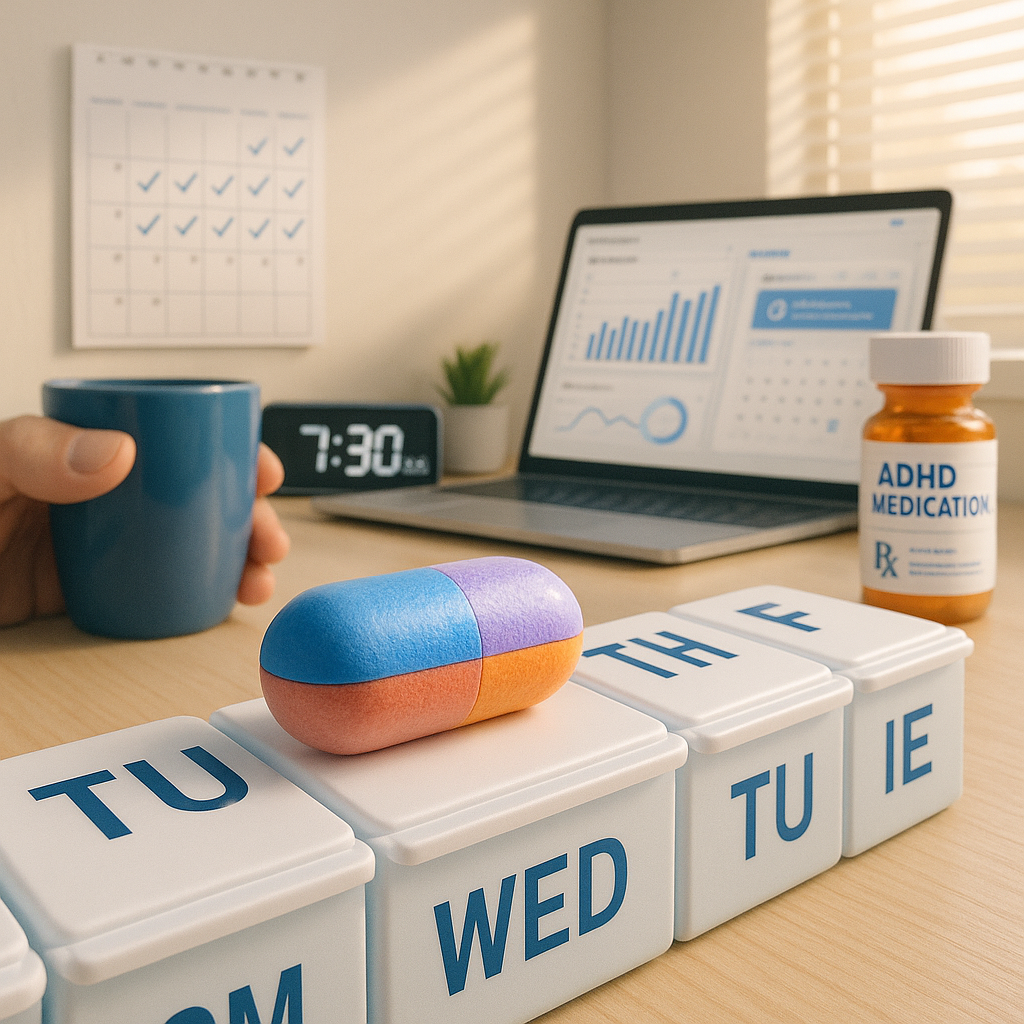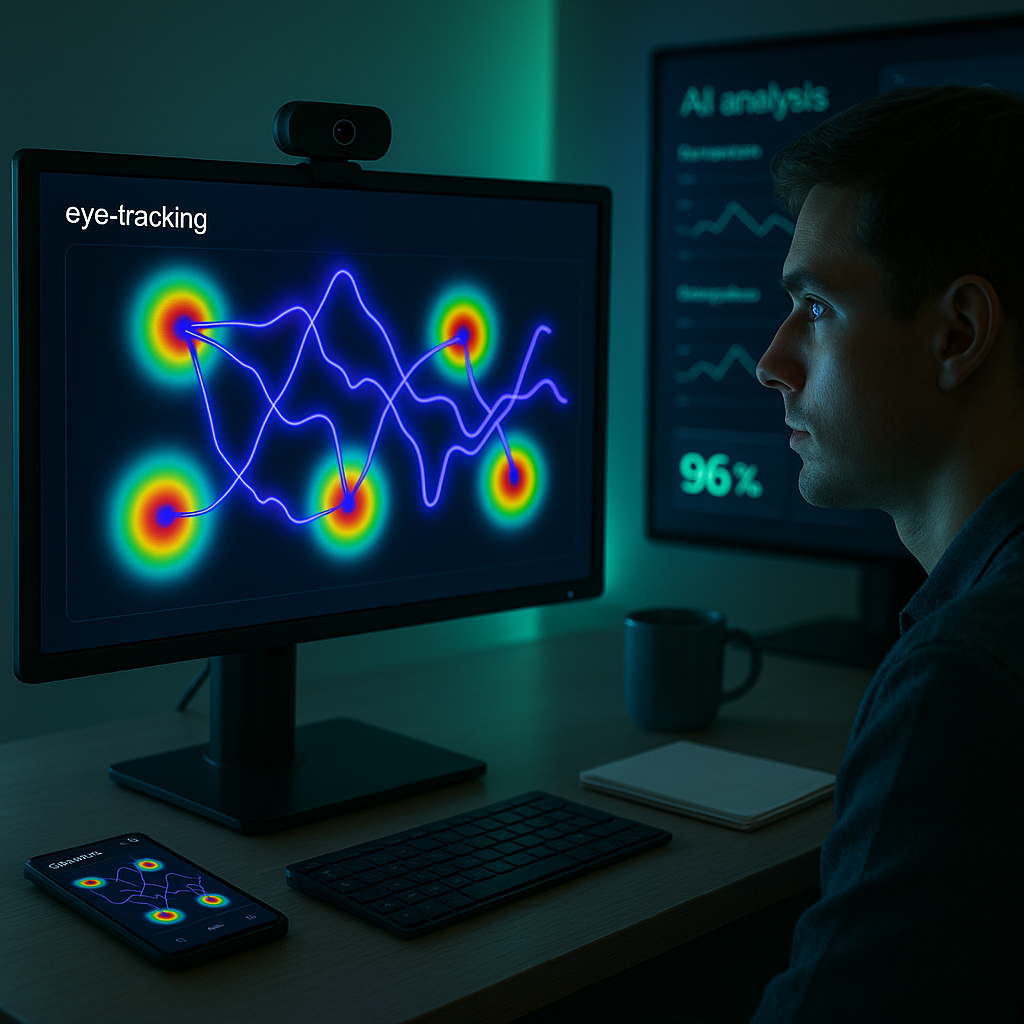Key Takeaways
- ADHD entrepreneurs are moving beyond rigid routines, adopting flexible work patterns tailored to their strengths.
- Planned periods of controlled disorder (“planned chaos”) are used intentionally, transforming attention shifts into business advantages.
- AI and automation tools help streamline repetitive tasks and enhance adaptability in daily workflows, supporting both productivity and innovation.
- Entrepreneurs who design systems around ADHD tendencies report fewer cycles of burnout and increased satisfaction.
- ADHD-friendly workflows now prioritize sustainable energy and business growth rather than short bursts of intense hyperfocus.
- Organizations are beginning to explore these neurodivergent models, aiming to support diverse talent in 2024 and beyond.
Introduction
In 2024, ADHD entrepreneurs are reimagining business by moving away from rigid routines and embracing flexible, self-designed workflows that make the most of their natural attention patterns. Through concepts like “planned chaos” and the integration of AI tools, they’re turning ADHD traits into distinct strengths. This shift is sparking greater creativity, reducing burnout, and encouraging more inclusive, sustainable models for teams.
Rethinking Productivity for the ADHD Brain
ADHD entrepreneurs are shifting away from traditional productivity methods. More and more, they’re adopting “planned chaos” as a strategy that better fits their thinking styles. Basically, this approach accepts that alternating between focused work and creative, spontaneous sessions is often the sweet spot for ADHD minds.
Strict routines? For many neurodivergent business owners, these tend to backfire. That’s why workflows designed around novelty and the power of hyperfocus are gaining ground. In fact, research from the Neurodiversity at Work Project suggests that ADHD business owners using flexible schedules report 40% higher productivity satisfaction than those sticking to neurotypical systems.
The Power of Planned Chaos
Planned chaos doesn’t mean there is no structure at all. Actually, it’s about intentionally building in unstructured time blocks during the business day. These “chaos zones” really help open the doors to spontaneous innovation and creative problem-solving.
What does it look like in practice? Morning sessions dedicated to whatever feels inspiring, afternoons spent hopping between projects, bursts of focus based on real-time energy levels, and set intervals for recording new ideas. The key to making it work is drawing clear lines: vital tasks still get their scheduled focus time, balanced by purposeful flexibility elsewhere.
Creating Sustainable Systems
Sustainable ADHD entrepreneur workflows are built to function during both high and low energy periods. This strategy gives people a buffer against the dreaded burnout cycle that so often follows intense hyperfocus.
Some common features: external accountability buddies, visual project-tracking systems, regular review sessions, and scheduled recovery time after big pushes. These elements help build resilient productivity that lasts.
Tools That Make It Work
AI-powered task management systems are quickly becoming must-haves for ADHD entrepreneurs. These tools adapt to individual work patterns and offer prompts that fit fluctuating attention spans.
Popular automations range from voice-to-text tools paired with AI summarization to calendar apps that prioritize flexibility, project management platforms featuring motivational rewards, and clever notifications that match the user’s focus state. By working together, these technologies form a dependable safety net, making sure nothing important falls through the cracks.
The Role of Body-Mind Connection
Physical environment and movement genuinely matter when it comes to thriving with ADHD in business. Lots of entrepreneurs wind up shaping their workspace and daily rhythms to care for both mind and body.
Some tweaks are simple: standing desks with fidget elements, a spot to walk during calls, exercise gear within reach of the computer, or even working by a window with a view. Slipping movement into the workday can bring a surprising boost to focus and mood, all with less reliance on caffeine or other stimulants.
Next Wave of Neurodivergent Business Systems
ADHD entrepreneurs are setting the pace for business workflow innovation. Neurotypical peers are paying attention, especially those looking for more creative and flexible approaches to productivity.
Current trends spotlight the value of rapid idea generation and pattern recognition. It’s a shift that finally frames neurodivergent thinking as an advantage in today’s fast-changing business world. Not surprisingly, more tech firms are building tools specifically for neurodivergent users. The result? It’s getting easier to create complex, non-linear workflows that actually fit the way many people operate.
Conclusion
ADHD entrepreneurs are shaking up workflow design by leaning into their natural strengths—novelty and flexibility—while also building more sustainable business routines. Their adaptive systems and increasing use of AI tools signal a larger shift toward productivity models that recognize and celebrate neurodivergent assets. One thing’s for sure: as more solutions tailored for creative, non-linear work hit the market, both ADHD professionals and the larger business world stand to benefit.





Leave a Reply